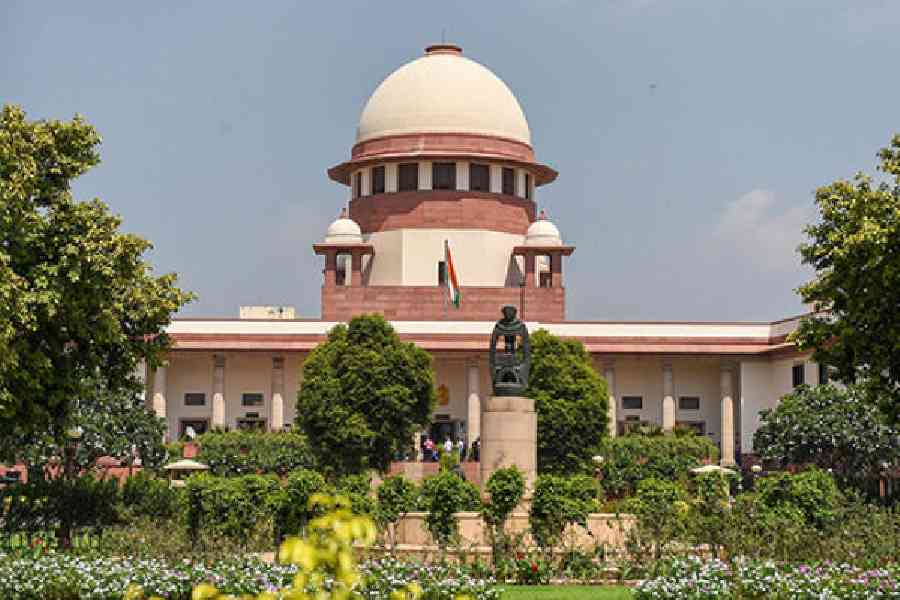The Supreme Court on Thursday agreed to examine the Centre’s last-ditch attempt to deny states the right to royalties totalling thousands of crores collected by it towards mineral tax.
The Centre has sought a fresh nine-judge bench hearing on the issue, citing “international ramifications and federal structure principles”.
Solicitor-general Tushar Mehta informed the bench of Chief Justice Surya Kant and Justice Joymalya Bagchi that the Centre had moved a “curative petition” seeking the recall of the top court’s earlier nine-judge bench ruling of August 14, 2024, in favour of the states and the subsequent dismissal of the Centre’s review petition on October 4
last year.
A curative petition is a litigant’s last resort to seek an overturn of the original judgment and review judgment of the Supreme Court. The Nithari serial killing case was the only exception where the top court acquitted convict Surendra Koli despite dismissing his appeal, review petition and curative petition against his death penalty.
On Thursday, an advocate for one of the state governments urged the apex court to list over 800 pending petitions relating to mineral wealth-sharing disputes between the Centre and the states. Mehta objected to the request and submitted that the court must first examine the Centre’s curative petition.
“This is about the distribution of royalty on minerals and that every state has a right to receive… your Lordships have held. We have moved a curative petition. Every state will have different prices for minerals. It has international ramifications and this also affects the federal principle… whether we win or lose everything depends upon the outcome of the curative petition,” Mehta told the CJI while seeking an early hearing.
Justice Kant said he was aware of the issue and would set up a nine-judge bench to examine the Centre’s plea in January.
On October 4, the apex court had dismissed by an 8:1 majority a batch of petitions filed by the Centre and its instrumentalities seeking to overturn the bench’s August 14 ruling that states are entitled to seek a refund of royalties collected by the Union government towards mineral tax.
It had also dismissed the plea for “open court” hearing of the review petitions, mostly held within closed chambers of judges without the presence of lawyers or litigants.
Curative petitions are also heard mostly in closed-door chambers of judges.
However, Justice B.V. Nagarathna, the sole dissenting judge in the August 14 verdict, had on October 4 iterated her stand that only the Centre had the power to collect tax on minerals and states have no such right.
On August 14, the constitution bench had by an 8:1 majority ruled that states were entitled to seek a refund of royalty amount collected by the Centre towards mineral tax and overruled a 35-year-old judgment of another constitution bench that took a contrary view.
However, in the original judgment on August 14, the bench took note of the Centre’s plea, along with several PSUs like Steel Authority of India Limited, that it would inflict a heavy financial burden on them and ultimately affect the common man.
The apex court had prescribed that the cut-off period for refund would be April 2005 and the levy of interest and penalty on demands made for the period before July 25, 2024, would stand waived for all assesses.
Subsequently, the government and the PSUs made a renewed plea in the form of an application seeking clarification that the judgment would have a prospective effect, i.e. with effect from August 14, which was also turned down. However, the court allowed the payments to be made to the states in a staggered manner, spread over 12 years.

